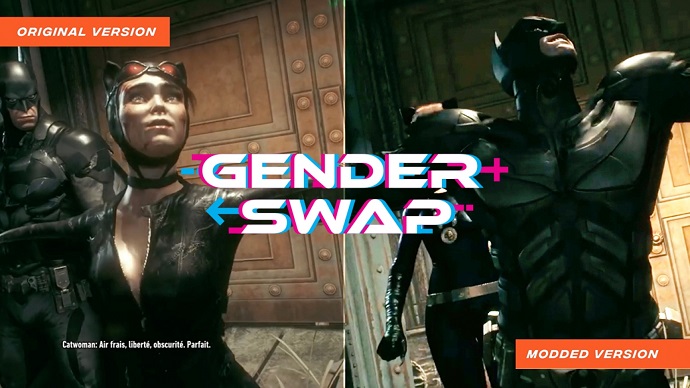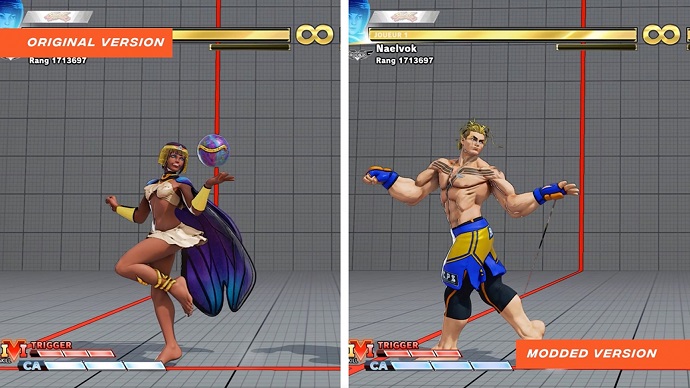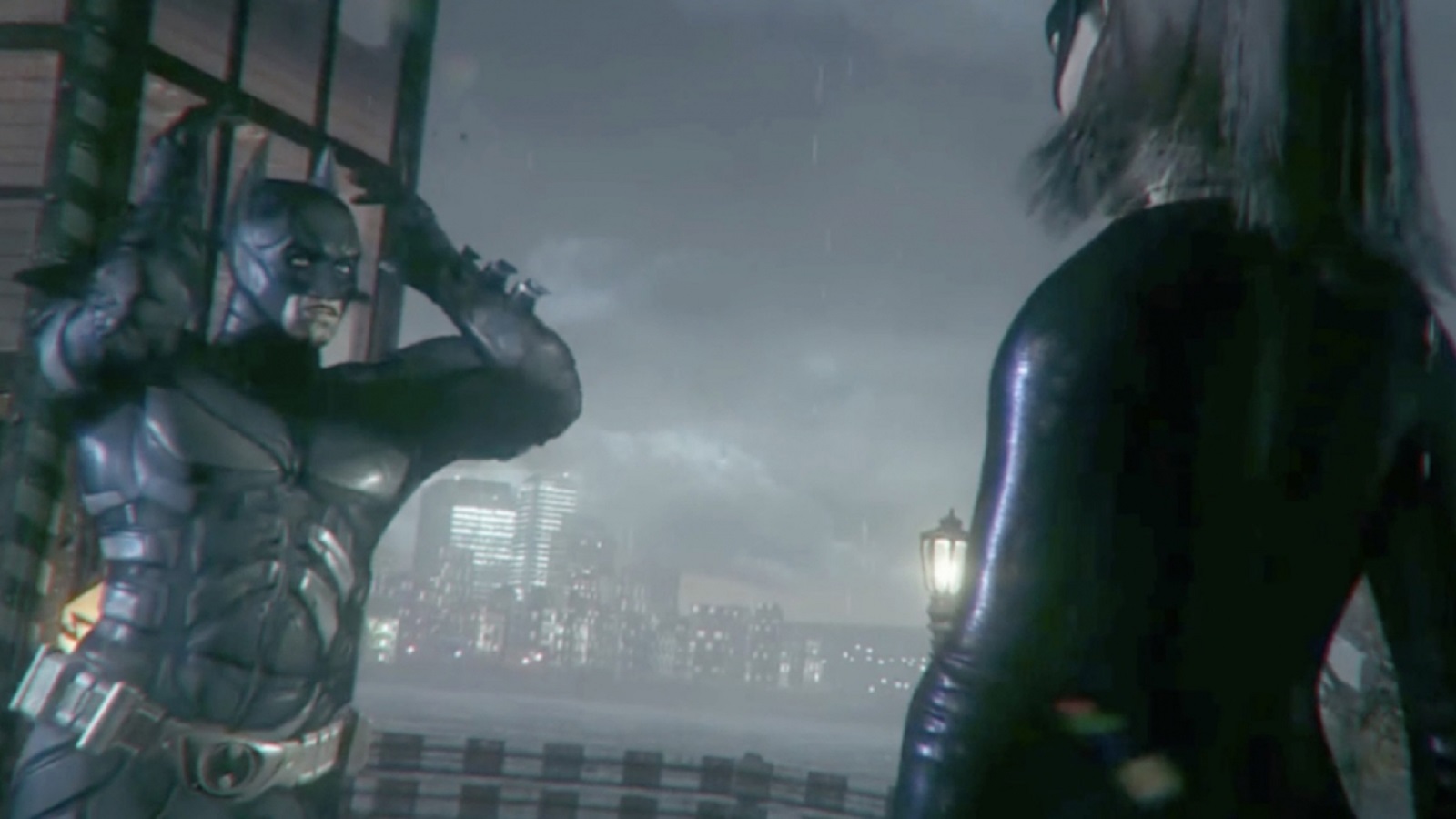Currently, one out of two gamers is a woman, which means that one and a half billion ladies are playing video games around the world. But even though they have such a notable presence in this universe, they only represent 22% of employees in the gaming studios. So, what does that mean? Compared to their male counterparts, female characters in games are over-sexualized, which only leads to more sexist attitudes in both women and men.
To raise awareness about gender stereotypes and support diversity in the entertainment industry, the Women in Games NGO — which plans to double the number of women and non-binary working in the industry in ten years — teamed up with ad agency BETC for a campaign that, hopefully, will help change the conversation about how women are portrayed in games. Even though some progress has been made in the last years, the phenomenon of heavily sexualized lady characters still persists: Wearing tight outfits to reveal their wasp waists and large breasts, the females in video games are contoured to appeal to men, yet their look is extremely unrealistic.

To show how much of a problem this is, the NGO “modded” dozens of video games, swapping the animations of male and women characters. Enter the #GenderSwap, the initiative that sees men in video games depicted as if they were female characters. With movements initially developed for women characters, the male ones are presented shaking their asses or dancing sensually. Much to the audience’s surprise, these heroes are presented embracing an attitude that is simply ridiculous. So why wouldn’t it be the same for the women protagonists?
Morgane Falaize, President of Women in Games France, comments: “Some of the scenes that we collected had already been shared online, but some others had not. But when all grouped together, it shows how large the issue is and we hope it will help realize how severe it is. Things are starting to change. Some exceptions to this representation exist; but for one Aloy in Horizon or Ellie in The Last of Us, there are dozens and dozens of female characters that are often way too cliché. Just like the film industry, television, and advertising, video games have a profound impact on people’s representation of the world that we live in and the interactions that we have with others.”

Harmonie Freyburger, Vice-President of Women in Games France, adds: “Things are starting to change and players are raising their voice. Some sexist scenes have been removed from some video games after public outrage. But we are not there yet. It is only by having more women working in studios that we will reach better gender representation with various and less stereotyped female characters. A diverse team brings better creative ideas and better products for the whole public.”
The initiative came to life on Twitch on 15 – 16 February, with some selected streamers playing several “adapted” games on their channels or commenting with the public on the examples that Women in Games revealed.
Credits:
Client: Women in Games
Brand Managers: Morgane Falaize, Lamise Guenni, Victoria Cribier
Ad Agency: BETC
Agency Manager: Catherine Emprin
Executive Creative Director: Stephane Xiberras
Creative Directors: Arnaud Assouline, Benjamin Le-Breton
Copywriter: Matthieu Bouilhot
Art Director: Marie Glotin
Assistant Art Director: Corinne Chamoun
Creative Technologist: Lionel Sarrazy
Creative Consultant: Sebastien Delahaye
Producer: Fanny Perrier
